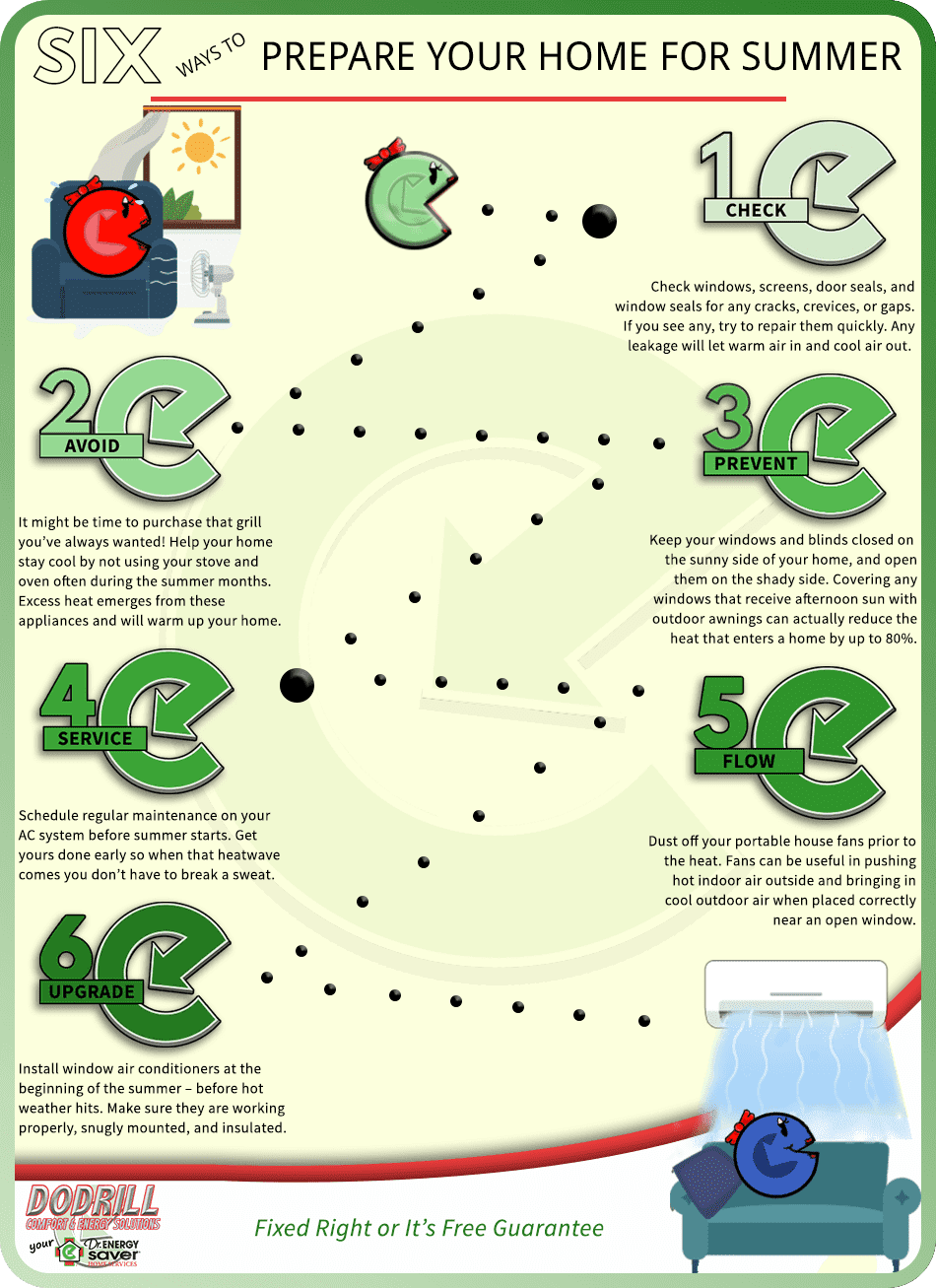The Very Best Stress Washing Strategies For Every Surface Area
The Very Best Stress Washing Strategies For Every Surface Area
Blog Article
Content Writer-Viborg Nixon
When it involves push cleaning, the strategy you select can make all the distinction in achieving a tidy, streak-free coating. You might find that tough surfaces, like concrete, require a different method than softer materials, such as timber or plastic. It's important to adjust your approaches to the surface type to avoid damage while making best use of cleaning effectiveness. So, what are the most effective techniques for each and every surface area, and exactly how can you guarantee you're utilizing the ideal setups and devices for the job? Allow's explore what you require to understand to obtain the best results.
Hard Surfaces
When it comes to pressure washing difficult surfaces, prep work is crucial. Prior to you also consider pulling out the stress washing machine, put in the time to remove the area of any kind of debris, furniture, or challenges. You do not desire anything getting in your method or possibly destructive your equipment.
Next off, examine the surface for any type of splits or damage; this will help you figure out the ideal strategy and stress setups.
As soon as you have actually prepared the location, it's essential to pick the appropriate nozzle. For hard surface areas like concrete or block, a slim nozzle (15 or 25 levels) functions best to offer a focused stream of water that can successfully get rid of grime and stains. Constantly start at a distance and slowly relocate more detailed to prevent any surface damage.
As you begin washing, keep the wand relocating to protect against streaks and over-saturation. It's additionally helpful to work from the top down, enabling dirt and particles to remove normally.
Lastly, keep in mind to rinse the surface area thoroughly after cleaning up to remove any kind of remaining cleaning agent. With these methods, you'll achieve a tidy and refreshed look on all your difficult surface areas.
Soft Surfaces
Stress cleaning soft surfaces requires a gentler approach to secure them from damages. Whether you're cleansing your deck, patio furniture, or siding, using excessive stress can cause damages, scratches, or even permanent damage.
Beginning by picking a low-pressure nozzle, preferably a 25-degree or larger spray pattern, to distribute the water extra gently.
Before you start, it's critical to pre-treat any kind of discolorations with an appropriate cleansing option. This action enables the cleaner to pass through the dirt and grime, making it much easier to wash away without rubbing too hard.
Always apply the remedy from the bottom approximately prevent streaking.
When you start stress cleaning, keep a range of at the very least 12 to 18 inches from the surface. Relocate your wand in a sweeping activity, keeping it alongside the surface area to avoid focused stress on one area.
Wash the location completely after cleansing to eliminate any recurring cleaner.
Finally, check the surface area for any type of missed out on places and duplicate the procedure if needed. By following these steps, you can effectively tidy soft surface areas while maintaining their honesty and appearance.
Specialty Surfaces
Cleaning soft surface areas needs treatment, but specialty surfaces require a lot more attention to detail. When you tackle these surface areas, like delicate wood, discolored concrete, or particular kinds of siding, using the right stress washing strategies is vital to prevent damages.
First, analyze the product. For example, treated wood can usually stand up to moderate stress, yet softer timbers like cedar might require a lower setup. Always begin with simply click the next site and progressively increase if required.
For tarnished commercial window cleaning contractor , use a follower spray nozzle and keep a consistent distance to prevent engraving the surface.
When managing surfaces like plastic house siding or painted surfaces, a wide spray pattern helps disperse the pressure equally, shielding the surface.
It's likewise a good idea to utilize cleaning agents specifically made for specialized surfaces. They can boost cleaning without jeopardizing the material.
Rinse extensively after cleaning to eliminate any deposit, as it can cause discoloration or wear and tear gradually.
Verdict
In conclusion, understanding pressure washing strategies for different surface areas can make all the difference in your cleaning outcomes. For tough surface areas, stay with narrow nozzles and a top-to-bottom technique, while soft surface areas require a gentler touch with larger nozzles. Do not neglect to pre-treat spots and rinse completely to stay clear of deposit. By adapting your techniques to each material, you'll not only attain a cleaner finish but also secure the stability of your surfaces. Delighted cleansing!
